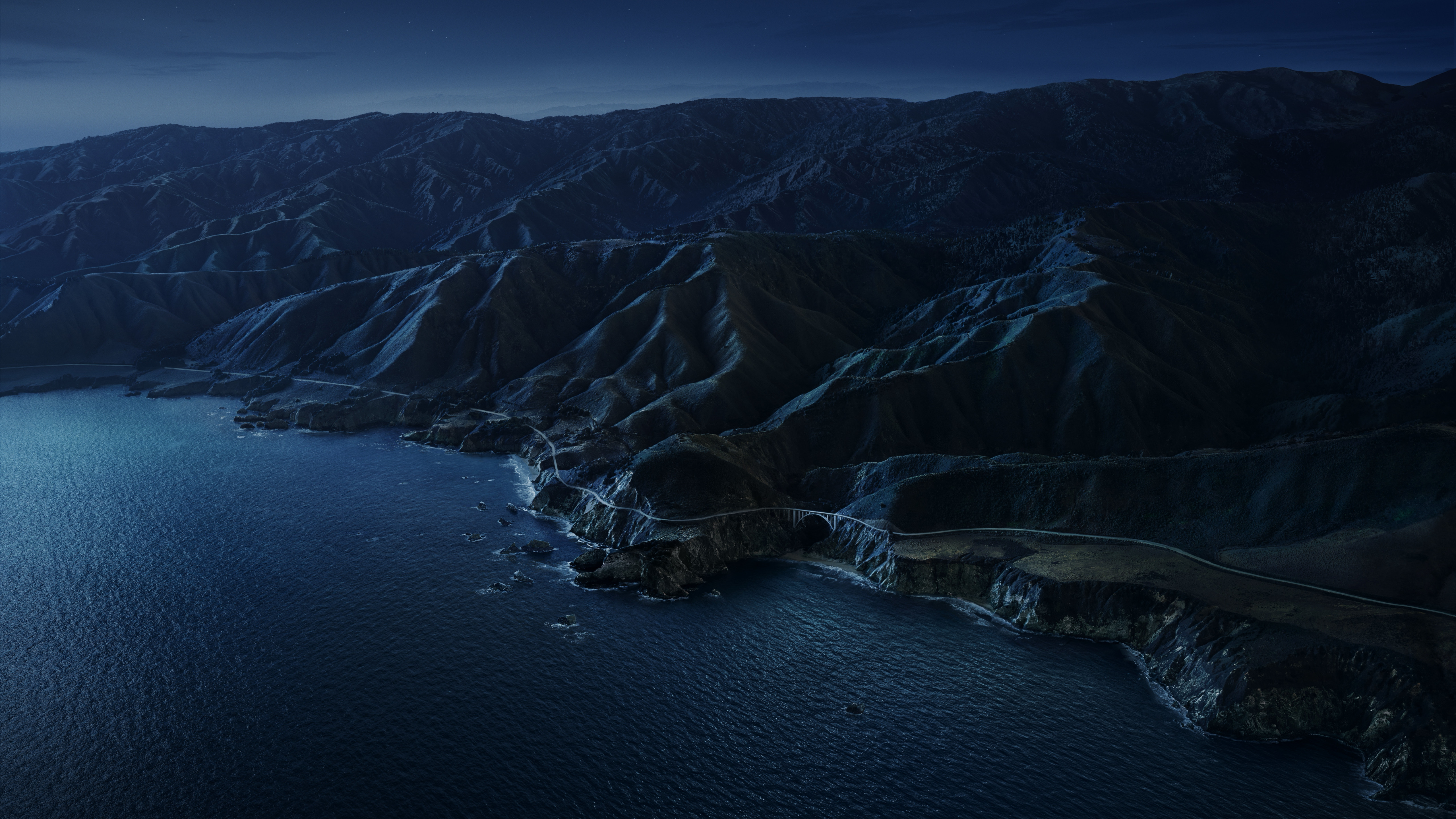

On my Ubuntu 20.10 desktop, installing macOS using the sickcodes/docker-osx:big-sur image took about 55 minutes. Also, to use this, your computer CPU needs to support hardware virtualization see the KVM checklist from here to find out if your CPU supports it (you can also run sudo kvm-ok which will return "KVM acceleration can be used" if everything is ok). It's worth noting from the start that Apple doesn't allow installing macOS on non-Apple hardware, so to use this legally, your OS must be installed on Apple hardware. You might also like: Quickly Create And Run Optimized Linux, macOS And Windows Virtual Machines With Quickemu (With Auto ISO Download) The project also includes instructions for various tweaks, like forwarding additional ports, changing screen resolution, enable network forwarding, allow USB passthrough, quick start instructions for using the large pre-made image and using your own image, and more (all available on the project's page).

VNC version on localhost:8888 (the VNC version is in a separate directory due to the security risks involved with using VNC).Full auto mode: boot straight to OSX shell and even run commands as runtime arguments.

sickcodes/docker-osx:auto - large (~40GB) docker image that boots directly into a real OS X shell with a visual display (using user as the username and alpine as the password).sickcodes/docker-osx:naked - supply your own.sickcodes/docker-osx:monterey - original base recovery image using macOS Monterey.sickcodes/docker-osx:big-sur - original base recovery image using macOS Big Sur.sickcodes/docker-osx:latest - original base recovery image using macOS Catalina.The Docker-OSX project provides four Docker images: Using this, you'll be able to install macOS in a QEMU virtual machine (via Docker), and run the macOS Catalina, Big Sur or Monterey desktop, or boot to the OSX shell. Docker-OSX is a project that makes macOS run near native using OSX-KVM inside a Docker container.


 0 kommentar(er)
0 kommentar(er)
